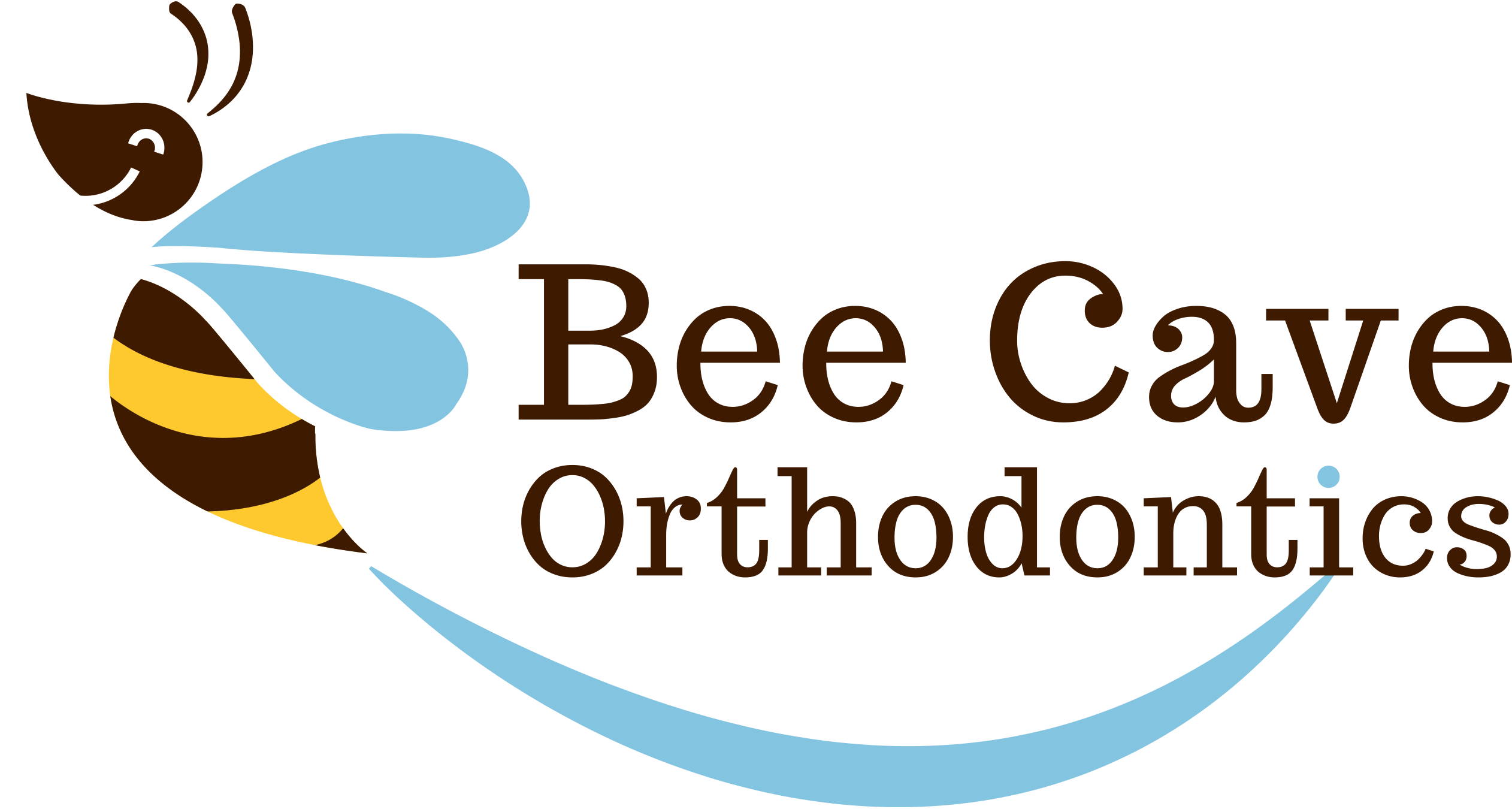Discover how lingual braces offer a discreet and effective way to straighten teeth – Bee Cave Orthodontics – Austin, Texas
When it comes to orthodontic treatment, many people desire a straighter smile without the noticeable look of traditional braces. Enter lingual braces, the perfect solution for those who want to straighten their teeth discreetly. Unlike standard braces, lingual braces are virtually invisible, making them ideal for individuals seeking a more subtle orthodontic approach.
In this blog, we’ll explore what lingual braces are, how they work, and why they are one of the best invisible orthodontic solutions available.
What Are Lingual Braces?
Lingual braces function just like traditional metal braces, but with a crucial difference — they are placed on the back of your teeth, rather than the front. This unique placement makes them virtually invisible to others. The brackets and wires work together to gradually shift teeth into their desired positions over time, just like traditional braces, but without drawing attention to your smile.
This hidden approach is what sets lingual braces apart from other orthodontic treatments like clear aligners or standard braces.
1. Discreet and Invisible
The most appealing feature of lingual braces is their invisibility. For adults and teenagers who feel self-conscious about wearing visible braces, lingual braces offer an excellent solution. Since the brackets are on the inside of your teeth, no one can see them when you speak, smile, or interact with others. Whether you’re at work, school, or a social event, lingual braces allow you to confidently go about your day without worrying about how your smile looks.
This makes them especially attractive to professionals or those in the public eye who want to maintain a natural appearance while undergoing orthodontic treatment.
2. Custom Fit for Maximum Comfort
Lingual braces are customized for each patient, ensuring a snug fit on the inner surfaces of your teeth. Since every set is custom-made, the braces are tailored to the shape and size of your teeth. While traditional braces can cause irritation to the cheeks and lips, lingual braces minimize such discomfort because they don’t come into contact with the soft tissues in the front of your mouth.
Though it may take some time to get used to the feeling of the braces behind your teeth, many patients find that their comfort improves after a short adjustment period.
3. Effective for Complex Cases
Lingual braces are highly effective for treating even the most complex orthodontic cases. While some invisible options, like clear aligners, may not be suitable for severe crowding or significant bite issues, lingual braces can handle almost any case. From crowded teeth to overbites and underbites, they provide the same strength and control as traditional braces.
For patients with specific needs that go beyond minor alignment, lingual braces offer both discretion and efficiency, ensuring that complex cases can be treated without the need for visible hardware.
4. Minimal Impact on Daily Life
Many people worry about how orthodontic treatment will affect their speech or daily routine. While there may be a slight adjustment period, most people adapt to their lingual braces within a few weeks. After this brief phase, speech returns to normal, and you’ll barely notice the braces when eating or drinking.
Additionally, lingual braces don’t require the constant removal and cleaning associated with clear aligners, making them a low-maintenance option. Once installed, you can carry on with your usual oral hygiene routine with only minor modifications, such as using specialized flossers to clean around the brackets.
5. Boost in Confidence
One of the biggest benefits of choosing lingual braces is the confidence boost that comes with knowing your orthodontic treatment is discreet. Patients who are worried about the aesthetic impact of traditional braces can wear lingual braces without hesitation, knowing that their smile remains untouched by visible metal. This can lead to increased self-esteem, particularly for adults who feel that metal braces are more appropriate for teenagers.
As your teeth gradually move into alignment, your confidence in your smile will grow, all without the need for conspicuous orthodontic appliances.
Is Lingual Orthodontics Right for You?
If you’re looking for an invisible orthodontic solution that doesn’t compromise on effectiveness, lingual braces may be the perfect fit. They offer all the benefits of traditional braces while remaining hidden from view. However, it’s important to consult with your orthodontist to determine whether they are the right choice for your specific needs.
Factors such as the severity of your dental issues, the shape of your teeth, and your personal preferences should all be considered. Your orthodontist will help you make an informed decision that best suits your lifestyle and treatment goals.
Schedule a Free Consultation!
Lingual braces are a fantastic option for those seeking a discreet yet powerful way to achieve a straight smile. With their custom fit, ability to tackle complex cases, and invisible design, they stand out as one of the most effective orthodontic solutions available. If you want to improve your smile without compromising your appearance, lingual braces may be the answer you’ve been searching for.
We appreciate your support and look forward to continuing to provide exceptional orthodontic care to the Austin community.
Click here to schedule a free consultation and learn more about orthodontic treatments!
Want to get to know us a little better? Check out our YouTube Videos!



